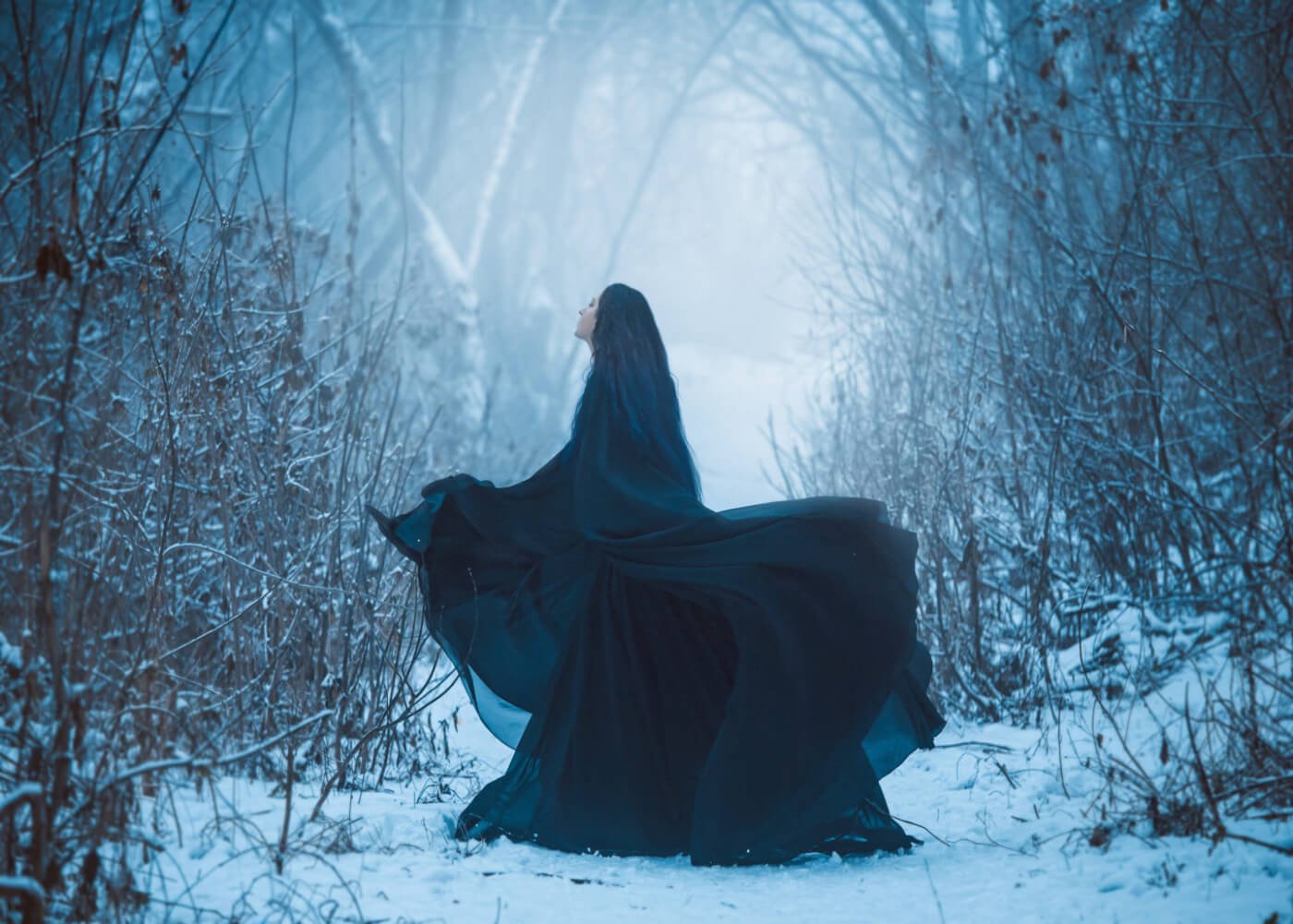Midsummer, also known as the Summer Solstice or Litha, is the longest day and shortest night of the year. In the Northern Hemisphere, it takes place around June 20-June 22. It isn’t exactly the middle of the summer depending on the part of the world you’re in and the climate, but it marks the energetic climax of the year when the sun is at its peak. After Litha, we enter the waning season where the days begin to grow shorter and we start to say goodbye to the light half of the year.
Midsummer has been observed in almost every culture in the world at one time or another. Since the sun is at its highest point, it is most often celebrated as a solar festival, a fire festival, or both. This sabbat centers on themes of joy, love, fertility, abundance, prosperity, and good fortune.
Many use this holiday as a chance to look back on all they’ve achieved in the past six months. On this day, think about all of the hard work, love, and determination that has brought you to this point of the year, including the successes you’ve had and the obstacles you’ve overcome. During the Summer Solstice, the earth rejoices in abundance and light, and so should you.
The History of Litha
Midsummer has always been a joyful time, a bright celebration of sun, fire, and the bounty of the land. Historically, it marked the end of planting season and the beginning of the earliest harvest. It gave farmers and workers a moment to pause and enjoy the fruits of their labor before returning to work the next day.
Different cultures had their own traditions for Litha, but key elements across the world included fire, flowers, and herbs as part of the festivities. It is believed the Celtics and Druids viewed Summer Solstice as a representation of the marriage between earth and heaven. They had large bonfires and sent burning wheels down hillsides.
The word solstice comes from the latin sol meaning “sun,” and stitium meaning “to stand still.” To the ancient people, it may have seemed that the sun was actually standing still in the sky, and they prayed to various sun gods and goddesses on this day for that reason. Sun gods like Greek Apollo, Egyptian Ra, and the Irish Lugh, are often honored during Midsummer.
Today’s Celebrations
There is no right or wrong way to celebrate the Summer Solstice. Many celebrations are a combination of cultural traditions and personal preference. There are festivals around the world today that honor Midsummer, with the most prominent one held at Stonehenge. Norway holds the world’s largest keg fire during Midsummer, and, in the United States, there is a three-day festival and parade held in California to honor the holiday.
Midsummer is known as a time to commune with the Fae, or faeries, as it is said to be easier to do so during the “between” times – when one season transitions into another. Faeries are also drawn to sweet-smelling flowers, honey, and other items available this time of year. This is where Shakespeare’s inspiration for A Midsummer’s Night Dream came from – a play about mischievous faeries causing havoc during a Midsummer celebration.
Ways You Can Honor Litha
You don’t have to travel far or break the budget to honor Midsummer. Most festivities can be held right at home or in your backyard. Here are some ways you can honor the Summer Solstice:
- Swim in the ocean, a pool, or run through a sprinkler
- Have a bonfire or a cookout with friends and family
- Go for a walk or have a picnic and admire the beauty of nature
- Mediate with a focus on your sacral chakra
- Leave an offering for the faeries
- Buy yourself flowers
- Wear bright, golden colors
- Dance and sing
- It’s a time to honor the sun, making it an ideal time to weave candle magick into your practice
- Pull tarot or oracle cards – some believe this is the most powerful day of the year for magickal work
- Harvest herbs you can use for healing and other rituals (Mint, Sage, Lavender, and St. John’s Wort are great for this sabbat)
- Call on Goddesses of love such as Aphrodite or Venus and perform a love ritual
- Perform a ritual for abundance or prosperity
- Decorate your altar or sacred space
- Gather roses or other summer flowers
- Adorn your space with red, gold, or orange candles; tigers eye or citrine crystals; the Sun tarot card; and a chalice filled with water
- Include representations of the sun – anything yellow in color, circular shapes, wheels, and sun disks
The sun hangs in the sky on the longest day of the year, reminding us of its life giving light. Midsummer is all about embracing and celebrating this light.
Enjoy the Summer Solstice!









